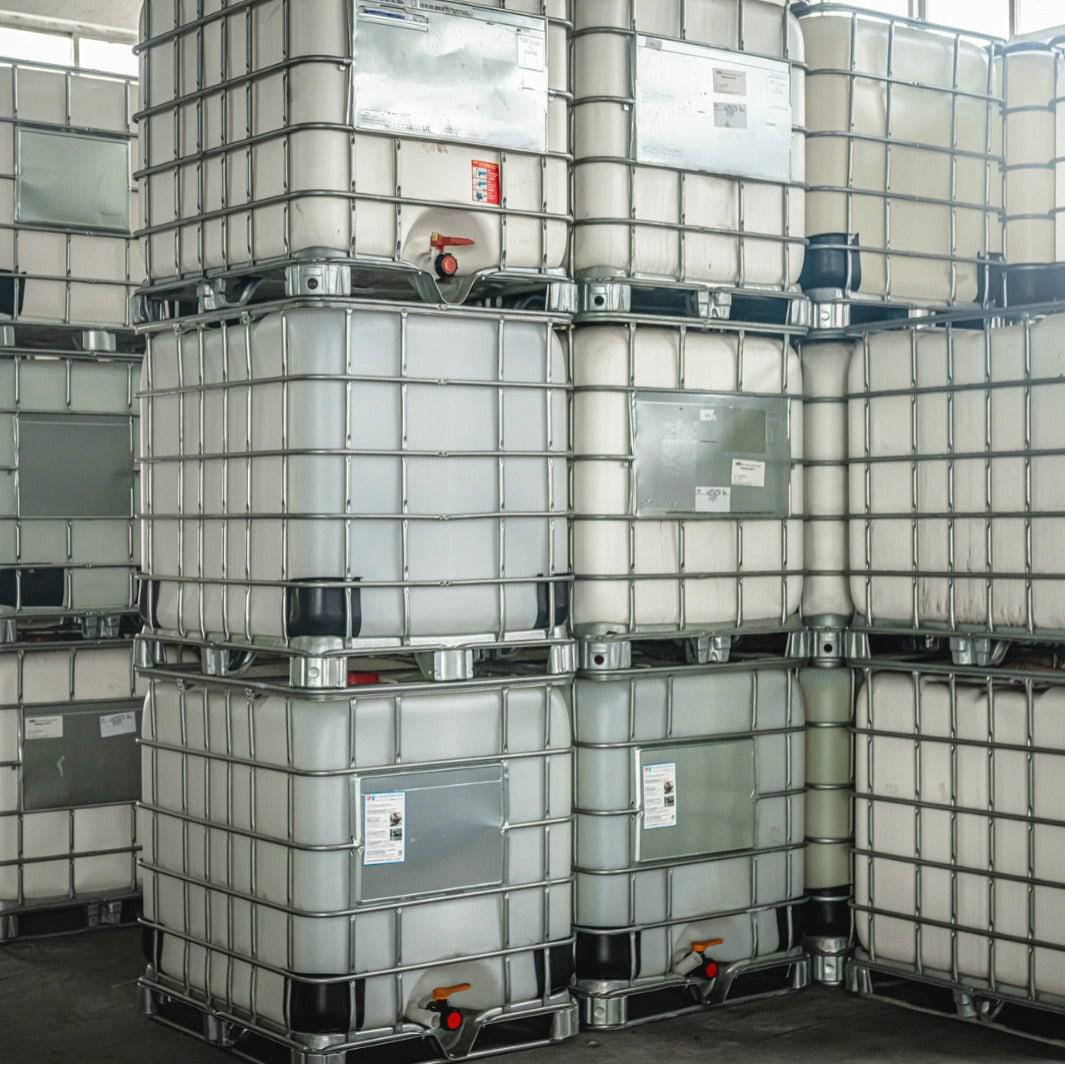Unknown Facts About Chemie
Unknown Facts About Chemie
Blog Article
Chemie Things To Know Before You Buy
Table of ContentsThe 4-Minute Rule for ChemieThe Single Strategy To Use For ChemieSome Known Facts About Chemie.Unknown Facts About ChemieThe smart Trick of Chemie That Nobody is DiscussingSome Known Details About Chemie
By Bojanna Shantheyanda, Sreya Dutta, Kevin Coscia and David SchiemerDynalene, Inc. Fluid cooling, which can be attained using indirect or straight ways, is used in electronics applications having thermal power densities that may surpass safe dissipation with air cooling. Indirect fluid air conditioning is where warmth dissipating digital elements are literally separated from the liquid coolant, whereas in case of straight air conditioning, the components remain in straight contact with the coolant.However, in indirect air conditioning applications the electrical conductivity can be important if there are leakages and/or spillage of the liquids onto the electronics. In the indirect air conditioning applications where water based fluids with corrosion inhibitors are generally made use of, the electrical conductivity of the liquid coolant primarily relies on the ion focus in the liquid stream.
The rise in the ion focus in a shut loophole liquid stream may occur due to ion seeping from metals and nonmetal components that the coolant fluid is in contact with. Throughout procedure, the electric conductivity of the fluid may enhance to a degree which might be dangerous for the air conditioning system.
Chemie Fundamentals Explained
(https://my-store-1041f63.creator-spring.com)They are grain like polymers that can exchanging ions with ions in a solution that it is in contact with. In the here and now work, ion leaching tests were performed with numerous metals and polymers in both ultrapure deionized (DI) water, i.e. water which is treated to the highest degrees of purity, and reduced electric conductive ethylene glycol/water mix, with the determined change in conductivity reported with time.
The samples were permitted to equilibrate at room temperature for 2 days prior to videotaping the initial electrical conductivity. In all tests reported in this study fluid electric conductivity was gauged to an accuracy of 1% making use of an Oakton disadvantage 510/CON 6 collection meter which was calibrated prior to each dimension.
How Chemie can Save You Time, Stress, and Money.
from the wall heating coils to the facility of the furnace. The PTFE example containers were positioned in the furnace when steady state temperature levels were gotten to. The examination configuration was eliminated from the heater every 168 hours (seven days), cooled to area temperature level with the electrical conductivity of the fluid determined.
The electrical conductivity of the liquid example was kept an eye on for a total amount of 5000 hours (208 days). Schematic of the indirect closed loop cooling experiment set-up. Parts utilized in the indirect closed loop cooling experiment that are in contact with the liquid coolant.

The Best Guide To Chemie
During operation the liquid tank temperature was kept at 34C. The adjustment in fluid electric conductivity was kept track of for 136 hours. The fluid from the system was accumulated and saved. Similarly, closed loophole test with ion exchange material was brought out with the same cleaning procedures utilized. The initial electrical conductivity of the 230ml UP-H2O in the system determined 1.84 S/cm.

0.1 g of Dowex material was contributed to 100g of liquid samples that was absorbed a different container. The mix was stirred and change in the electrical conductivity at area temperature was determined every hour. The gauged change in the electrical conductivity of the UP-H2O and EG-LC examination liquids including polymer or steel when immersed for 5,000 hours at 80C is shown Number 3.
Some Known Factual Statements About Chemie
Number 3. Ion leaching experiment: Calculated change in electric conductivity of water and EG-LC coolants consisting of either polymer or steel examples when immersed for 5,000 hours at 80C. The results suggest that metals added less ions into the liquids than plastics in both UP-H2O and EG-LC based coolants. This can be as a result of a slim steel oxide layer which might serve as a barrier to ion leaching and cationic diffusion.
Liquids containing polypropylene and HDPE exhibited the most affordable electric conductivity adjustments. This can be as a result of the short, rigid, direct chains which are less likely to add ions than longer branched chains with weaker intermolecular forces. Silicone likewise carried out well in both examination fluids, as polysiloxanes are generally chemically inert as a result of the high bond energy of the silicon-oxygen bond which would certainly prevent destruction of the material right into the liquid.
Some Known Incorrect Statements About Chemie
It would be expected that PVC would certainly produce similar outcomes to those of PTFE and HDPE based upon the similar chemical structures of the materials, nonetheless there may be various other pollutants present in the PVC, such as plasticizers, that might affect the electrical conductivity of the liquid - dielectric coolant. Furthermore, chloride groups in PVC can likewise seep into the examination liquid and can trigger a boost in electrical conductivity
Buna-N rubber and polyurethane revealed indications of deterioration and thermal disintegration which recommends that their possible utility as a gasket or glue material at higher temperature levels might lead to application concerns. Polyurethane totally disintegrated into the examination fluid by the end of 5000 hour examination. Figure 4. Before and after photos of metal and polymer samples submersed for 5,000 hours at 80C in the ion leaching experiment.
Measured modification in the electric conductivity of UP-H2O coolant as a feature of time with and without resin cartridge in the shut indirect cooling loop experiment. The measured change in electric conductivity of More about the author the UP-H2O for 136 hours with and without ion exchange resin in the loophole is shown in Figure 5.
Report this page